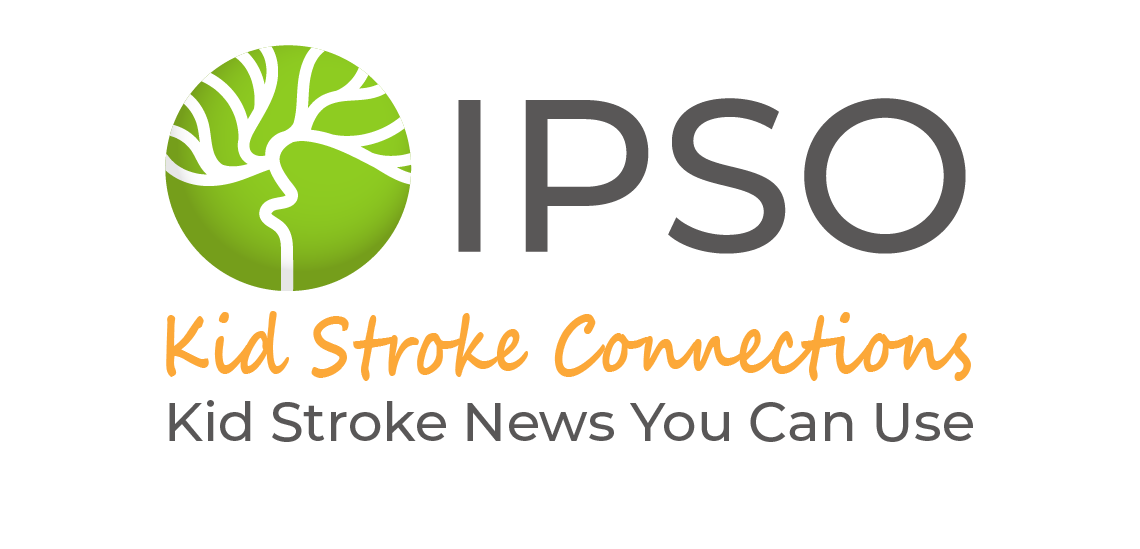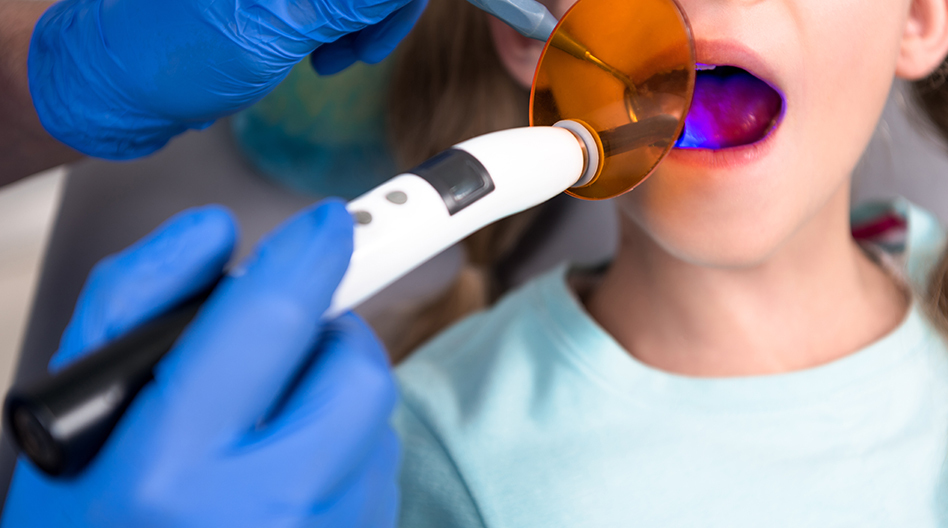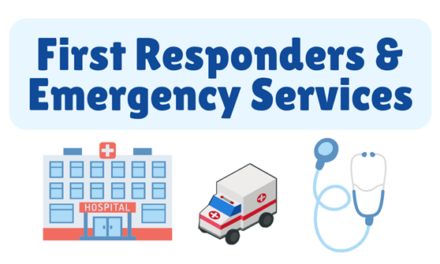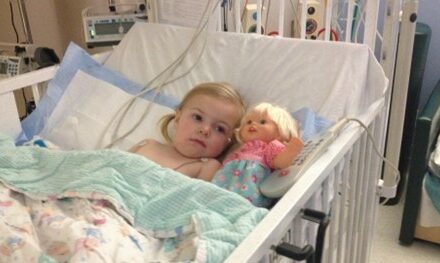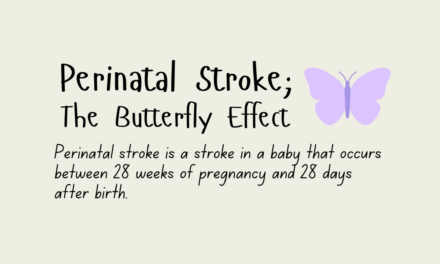Author: Sahar M.A. Hassanein, MD
Story:
One day, Samy started feeling very tired and weak. His parents took him to the hospital, where the doctors found out that he had a stroke. A stroke is a serious problem that happens when blood doesn’t get to the right parts of the brain. This made it hard for him to move his right arm and leg and affected his mouth and speech.
Samy had to stay in the hospital for a while to receive treatment for the stroke. He met a special rehabilitation therapist who helped him regain strength, be able to swallow, and speak. He did daily exercises to improve his hand function and gait, guided by his physiotherapist. Sometimes, he had trouble chewing food and would cough a lot. His speech therapist showed him how to eat softer foods, like apple sauce and mashed potatoes, which were easier to swallow. They played games where Samy had to practice making different sounds and saying simple words.
At first, it was hard, and he felt frustrated. But his therapist always encouraged him and told him he was doing great. His friends visited him and cheered him on. They brought him funny cards and drew pictures to make him smile. With everyone’s support, Samy practiced his exercises every day. Slowly but surely, he got better at swallowing his food and saying words more clearly.
After a few months, he was able to return to school. He could talk with his friends and enjoy his favorite foods again. He was so happy to be back to his old self.
The family learned that even when things are tough, with help and practice, we can overcome challenges and become stronger.
Introduction
Pediatric stroke is a serious medical issue that can greatly affect a child’s physical and cognitive development. Two major problems that can occur are dysphagia (difficulty swallowing) and speech problems. These issues can make it hard for a child to eat, communicate, and maintain their overall health. This article explores the causes, symptoms, and treatment options for dysphagia and speech problems in children who have had a stroke, aiming to understand how to manage these challenges to improve their quality of life.
Understanding Pediatric Stroke
Stroke occurs when blood flow to part of the brain is interrupted, causing damage. In children, strokes can be caused by blood clots (ischemic) or by bleeding in the brain (hemorrhagic). While strokes are less common in children than in adults, they can lead to significant challenges in development, including physical, cognitive, and emotional ones.
Dysphagia: Difficulty Swallowing After Stroke
Dysphagia is when swallowing is difficult or uncomfortable. It can be dangerous due to the risk of food or liquid entering the lungs (aspiration). This condition is particularly concerning for children, as it can lead to malnutrition, dehydration, and respiratory problems.
How Stroke Causes Dysphagia Swallowing requires careful coordination of muscles and nerves controlled by the brain. When a stroke damages these areas, dysphagia can occur. The severity depends on where and how much brain injury has happened.
Symptoms of Dysphagia in Children
- Difficulty swallowing food or liquids: Children may choke, cough, or experience pain when swallowing.
- Drooling: Trouble controlling saliva can be a sign of impaired swallowing.
- Gagging or vomiting: These may happen during or after eating.
- Refusal to eat: Fear or discomfort may lead children to avoid food.
- Weight loss or failure to gain weight: Poor nutrition can result from eating difficulties.
Assessment and Diagnosis Diagnosing dysphagia in children requires a thorough evaluation by a healthcare team, often including a speech-language pathologist and pediatric radiologist. Tests may include:
- Swallowing studies: X-rays or other imaging tests to observe swallowing mechanics.
- Endoscopic evaluation: A small camera is used to view the throat and esophagus during swallowing.
- Clinical observation: Monitoring the child’s eating habits and reactions.
Speech Problems After Pediatric Stroke
Speech and language problems are common in children after a stroke, affecting their ability to communicate. These problems can range from mild difficulties with articulation to more severe issues like aphasia , where a child struggles to understand or produce language.
How Stroke Impacts Speech The brain areas responsible for speech and language are located primarily on the left side. When a stroke affects these areas, the child may experience:
- Dysarthria: A motor speech disorder where muscles used for speaking are weakened, causing slurred or slow speech.
- Aphasia: Difficulty in understanding or producing language. This can include trouble finding words, forming sentences, or understanding spoken language.
- Apraxia of speech: A motor disorder where the brain struggles to plan and coordinate the movements needed for speech.
Aphasia is a language disorder that affects how you communicate. A person with aphasia may have trouble understanding, speaking, reading, or writing.
Symptoms of Speech Problems
- Difficulty forming words: Speech may be slurred or unclear.
- Trouble understanding others: Delayed response or confusion during conversations.
- Frustration during communication: The child may become easily upset when trying to express themselves.
- Limited vocabulary: A noticeable reduction in the variety of words used.
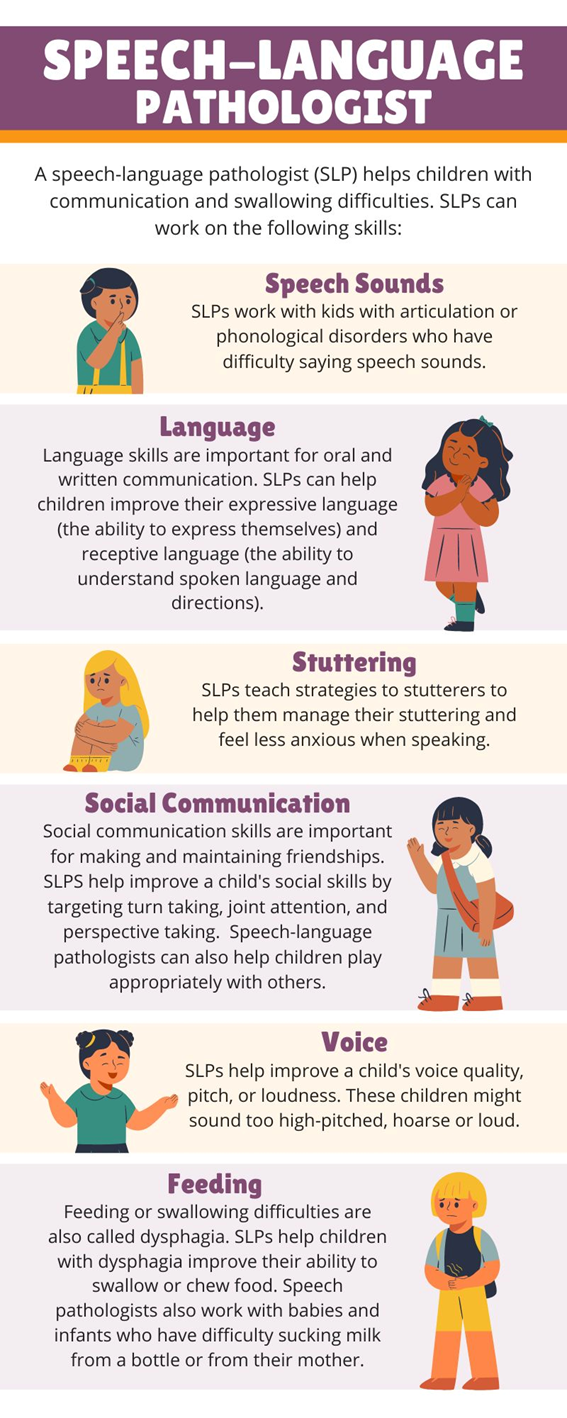
Assessment and Diagnosis Speech and language evaluations are crucial for identifying the specific type and extent of speech problems. Assessments may involve:
- Speech-language tests: Standardized tests to evaluate speech clarity, language comprehension, and expressive language skills.
- Cognitive assessments: To check for other cognitive deficits that may affect communication.
- Parent and teacher reports: Observations from those who see the child regularly can provide valuable insights.
Treatment and Management
Both dysphagia and speech problems require a comprehensive, multidisciplinary treatment approach to improve the child’s abilities and quality of life.
Treating Dysphagia
- Swallowing therapy: Speech-language pathologists help children practice exercises to strengthen swallowing muscles and improve their coordination when eating.
- Dietary modifications: Changing the texture of food and thickness of liquids can help prevent choking .
- Feeding tubes: In severe cases, a feeding tube may be needed to ensure the child receives proper nutrition.
Managing Speech Problems
- Speech therapy: Personalized therapy sessions focus on improving articulation, language skills, and communication strategies. For example, exercises might include repeating words, creating sentences, and practicing conversation.
- Augmentative and alternative communication (AAC): For children with severe speech impairments, AAC devices like picture boards or speech-generating devices can help them communicate.
- Family involvement: Parents and caregivers play a crucial role in reinforcing therapy goals at home and providing emotional support.
Long-Term Outlook and Support
The future for children with dysphagia and speech problems after a stroke varies. Early intervention is key to maximizing recovery and minimizing the impact on a child’s development. With the right support, many children can significantly improve their swallowing and communication skills.
Emotional and Psychological SupportIt’s important to address the emotional and psychological aspects of recovery. Children dealing with swallowing or speech problems, along with their families, might feel isolated or frustrated. Counseling and support groups can be helpful.
Educational SupportChildren with speech and language difficulties may need special educational services to help them succeed in school. Individualized Education Plans (IEPs) can provide tailored support for their needs.
Conclusion
Dysphagia and speech problems can be significant challenges after a pediatric stroke. However, with early diagnosis, comprehensive treatment, and ongoing support, children can overcome many of these difficulties. Families, healthcare providers, and educators all play vital roles in helping these children lead fulfilling lives despite the challenges of a stroke.
References
- National Stroke Association. (2023). Pediatric Stroke: Understanding the Impact on Children. Retrieved from stroke.org
- Provides comprehensive information about pediatric stroke, including symptoms, diagnosis, and treatment options.
- American Speech-Language-Hearing Association (ASHA). (2023). Dysphagia in Children. Retrieved from asha.org
- Offers detailed information on the causes, symptoms, and treatment of dysphagia in children, particularly following neurological events like stroke.
- Mayo Clinic. (2023). Childhood Stroke: Symptoms, Causes, and Treatment. Retrieved from mayoclinic.org
- Discusses the various types of pediatric strokes, their causes, and the long-term effects, including speech and swallowing difficulties.
- Johns Hopkins Medicine. (2023). Pediatric Stroke: An Overview. Retrieved from hopkinsmedicine.org
- Provides an overview of pediatric stroke, including risk factors, symptoms, and the importance of early intervention in managing complications like dysphagia and speech disorders.
- Rosenbek, J. C., Jones, H. N., & Robbins, J. (2022). Dysphagia in Neurological Disorders: Pediatric Considerations. In Swallowing Disorders and Their Management (3rd ed.). Springer.
- A textbook that offers an in-depth exploration of swallowing disorders in pediatric populations, including those resulting from stroke.
- Cheng, R., & Abel, G. (2022). Speech and Language Therapy for Pediatric Stroke Survivors: A Review. Journal of Pediatric Rehabilitation Medicine, 15(4), 123-134.
- A scholarly article reviewing the effectiveness of various speech and language therapy techniques in children recovering from stroke.
About the Author
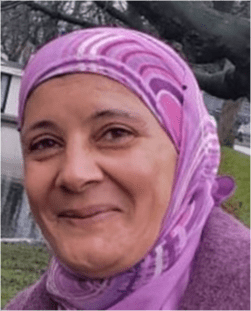
Sahar Hassanein
MD,Professor of Pediatric Neurology
Head of the Pediatric Neurology and Developmental Pediatrics Unit Faculty of Medicine, Ain Shams University, Cairo, Egypt
Dr. Sahar Hassanein is the owner and founder of “National Registry for Egyptian Pediatric Treating Neuromuscular Diseases” EGYPT PED NMD, and National Egyptian Network Pediatric Stroke and Hemiplegia Registry “NENPSHR”. Dr. Hassanein is Board Member and Secretary of African Child Neurology Society (ACNA). She currently serves on the Executive Committee of the International Pediatric Stroke Study (IPSS) and is an Educational Committee Member of the International Pediatric Stroke Organization (IPSO). She is also the Editor-in-Chief of IPSO Kid Stroke Connections. Dr. Hassanein research include neonatal and pediatric neurology, perinatal asphyxia and HIE, neural repair, neuromuscular and pediatric stroke
https://scholar.google.com.eg/citations?user=Ux2PkQ0AAAAJ&hl=en.
https://orcid.org/my-orcid?orcid=0000-0002-0191-8425
https://www.linkedin.com/in/sahar-hassanein-902b6512/
Email:- saharhassanein@med.asu.edu.eg
Graphics: Sahar Hassanein, PhD, MD
Medical Editors: Mesha Martinez, MD
Junior Editor: Natalie Mahgerefteh
